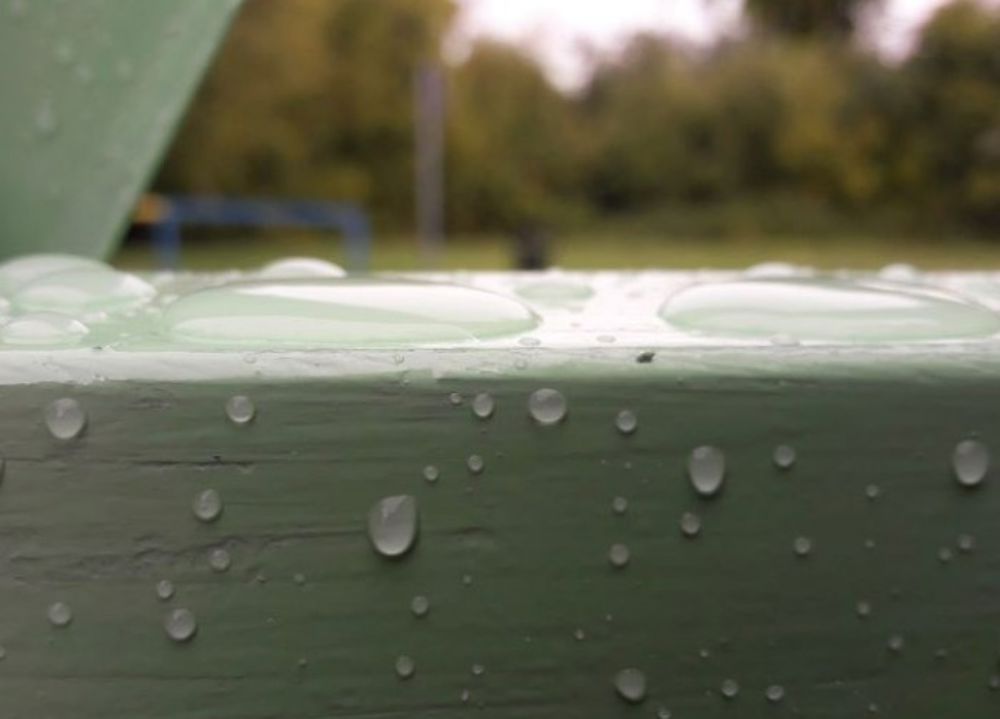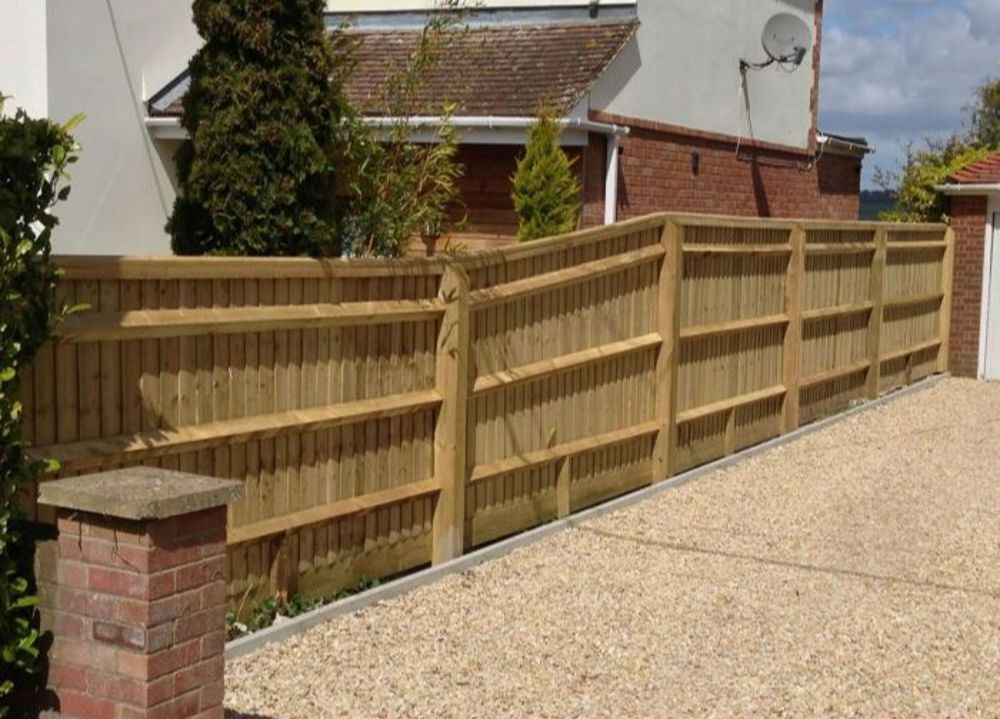Tips To Brace Your Fence Against High Winds
No matter how glorious the summer, as August fades and September's temperatures start to hint at the chill to come, our thoughts turn to helping customers brace their fence panels against the winds and storms of autumn and winter.
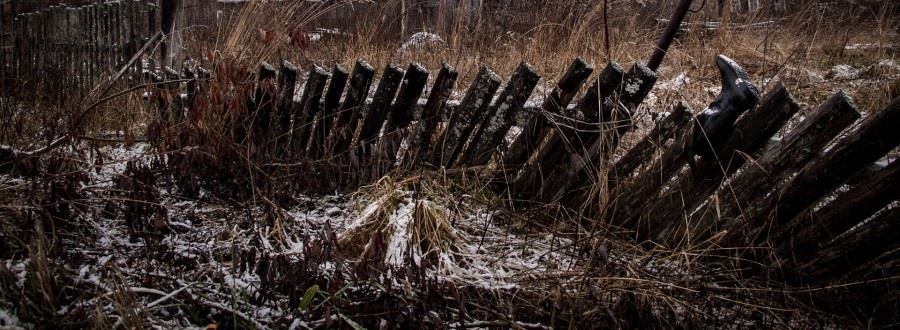
Of course, we’re always happy to help both old and new customers if their fences need replacing or repair, but the honest truth is that sometimes home-owners could save money by:
- choosing a type of fence panel that is better suited to withstand high winds
- doing a few maintenance tasks to prepare their fencing for bad weather.
Here are our tips to help you choose the best fence panel for high winds, and keep your fence in the best condition to see it through the rigours of a wet and windy autumn and winter.
Types of wind resistant fence panels
Your property's location can easily expose the garden to more severe weather: the top of a hill, a coastal position or backing onto an open field are all likely to batter your garden fences with high winds and stormy elements. So you can save money by choosing more wind-resistant fence panels in the first place.
Styles that have gaps to allow the wind to pass through are best, and there are plenty to choose from. Some wind resilient fencing styles may offer you less privacy than a solid fence panel, but others require very little compromise on that score.
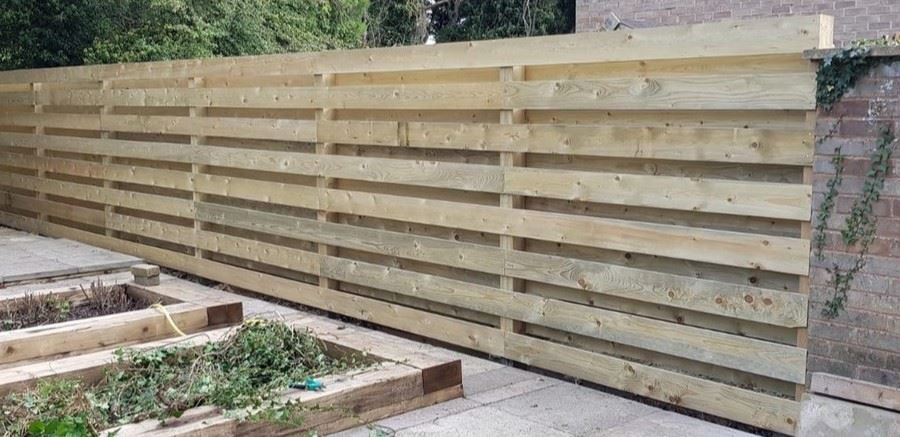
Hit and Miss fencing panels are designed with small slits in them to allow the wind to pass through more easily, improving their resistance. The boards are fitted alternately to the front and the back of the fence panels, either vertically or horizontally according to your preference, with a slight overlap. It's a contemporary look that maintains privacy while offering better wind resistance.
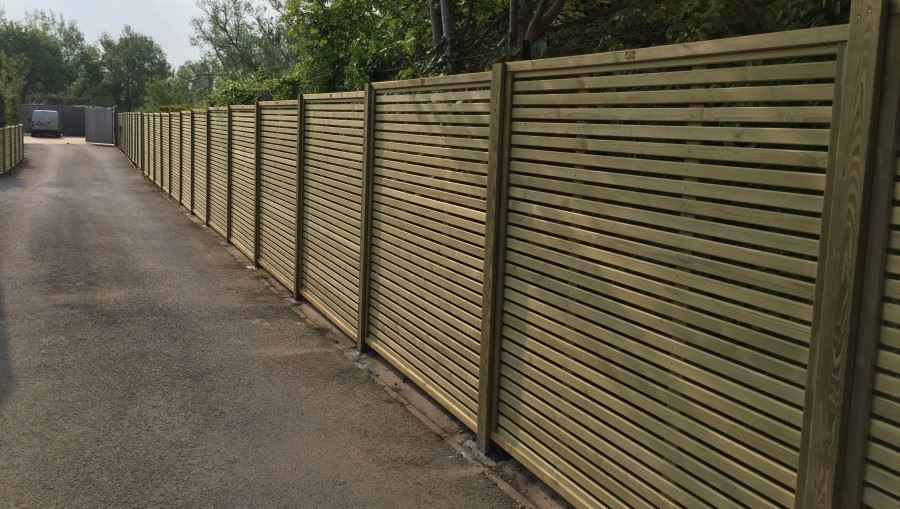
Slatted venetian panels are also ideal in windy areas. Again, it's a contemporary look, and the sun and shade pattern cast by the slats is very attractive in the garden. The gaps between the slats is small, so privacy isn't compromised too much.
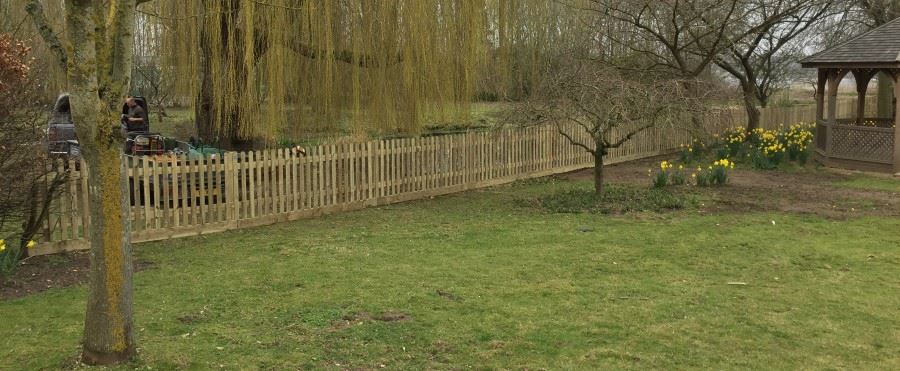
Picket fencing gives an open, country feel, and can be installed in a variety of heights, so if you get on well with your neighbours, keep it low, or go for a taller version for extra demarcation. The wide gaps in picket fencing easily allow the wind through, so there's little chance of it falling over in a gale, as long as the fence posts are securely installed.
Chestnut palings offer a more rustic option of the picket fence, equally wind-proof.

Louvre fence panels (above, left) slant downwards, so although there are gaps between the slats to let the wind through, the angle ensures a high degree of privacy.
Trellis fencing (above, right) comes in all sorts of heights and widths, and is often seen as a short topper added to a more solid boundary fence. However, trellis is also ideal for use with full height panels to divide sections of a garden. The open gaps formed by the trellis allow plenty of light and air through, so it should withstand a strong wind. Read our dedicated article about trellis fencing.
Make sure fence posts are strong
No matter which fence panel you choose, a strong wind could still see them topple if the posts supporting them aren't strong, secure and well maintained. It's a false economy to cut corners on this. Wood posts can rot if not maintained (consider post-saver sleeves or Durapost fence posts) and can be torn from their base if not firmly rooted. Get this right at installation to give your fence the best chance of bracing successfully against autumn and winter storms.
Cleaning your fence
Clear weeds and rubbish away from fence panels and posts, paying particular attention to the bases. This assists drainage, keeping posts and panels drier – if you can prevent the area around your fences becoming a muddy quagmire, you’ll delay the onset of rot.
Minor repairs
It’s best to keep on top of minor fence repairs, as it only takes one collapsing fence panel to drag the rest down with it! So replace any individual fence panels or posts that could spell trouble for the whole fence in an autumn gale. Look for wobbly, rotting or broken posts, damaged or rotting fence panels.
Very minor damage to wooden panels can be patched up with a few nails hammered securely into place, but be honest about the odds of this kind of “belts and braces” approach surviving the impact of any serious weather. Better to spend a little now than a lot later.
Wobbly posts? They’ll definitely need some attention if they’re going to withstand high winds. You might need to reset them, shoring them up with more cement or postcrete to give them a solid foundation.
Fencing preservative
Take advantage of warm, dry summer days to top up your fence’s preservative. If you haven't done this by September, now’s the time to get out your paintbrush or spray gun. Fence preservatives soak into the wood, protecting it from moisture and preventing the rot that will weaken your fence.
If you’ve replaced a few panels or posts ready for autumn, make sure they’ve been treated, too.
Call the experts
The time will come when a hasty patch-up and muttered prayer that the fence makes it through another gale is no longer sufficient.
Trentwood Fencing’s friendly team is always on hand, whether you’re replacing fencing ready for autumn or caught on the hop after a storm, so if you live in the Oxfordshire area and need our help, please get in touch.
Please call 01865 863428 or 07900 938061 for a no obligation quote.



